Home » Conditions » Skin & hair » Stretch marks
Stretch marks, though harmless to health, are considered unsightly and can be a source of physical discomfort and psychological distress. They are variable-length and variable-width marks that appear on the surface of the skin. In the form of streaks, lines or striations, often parallel, these visible physical manifestations are skin lesions linked to the rupture of elastin and collagen fibres.
While they can appear anywhere on the body, the thighs, abdomen, buttocks, breasts, calves and chest are most frequently affected. Applying oil and cream to targeted areas can sometimes help prevent the appearance of stretch marks during pregnancy, mainly due to massage and hydration. However, this action will have no effect if the cause of the stretch marks is hormonal.
From a histological point of view, a stretch mark results from a rupture of the elastic and collagen fibres naturally present in the dermis. In recent stretch marks, there is also an inflammatory infiltrate. In older stretch marks, a break in the dermal collagen is observed with neocollagenesis and thickening of the elastic fibres. At this stage, the skin becomes thinner due to reduced collagen and elastin production by fibroblasts, cells present in the dermis responsible for the suppleness and elasticity of the skin.
Stretch marks are a common aesthetic concern that affects both women and men.
They are red or white marks streaking the surface of the skin. Very frequent, these skin lesions, a kind of fissures similar to scars, are caused by excessive stretching of the skin.
Likely to affect all parts of the body, stretch marks
can appear following a pregnancy, puberty, or significant weight gain or loss. Whatever their origin, several medical techniques can make stretch marks disappear or reduce them. How to get rid of stretch marks ? Lasers, peels, Sculptra or carboxytherapy are the main possible procedures for the treatment of stretch marks.
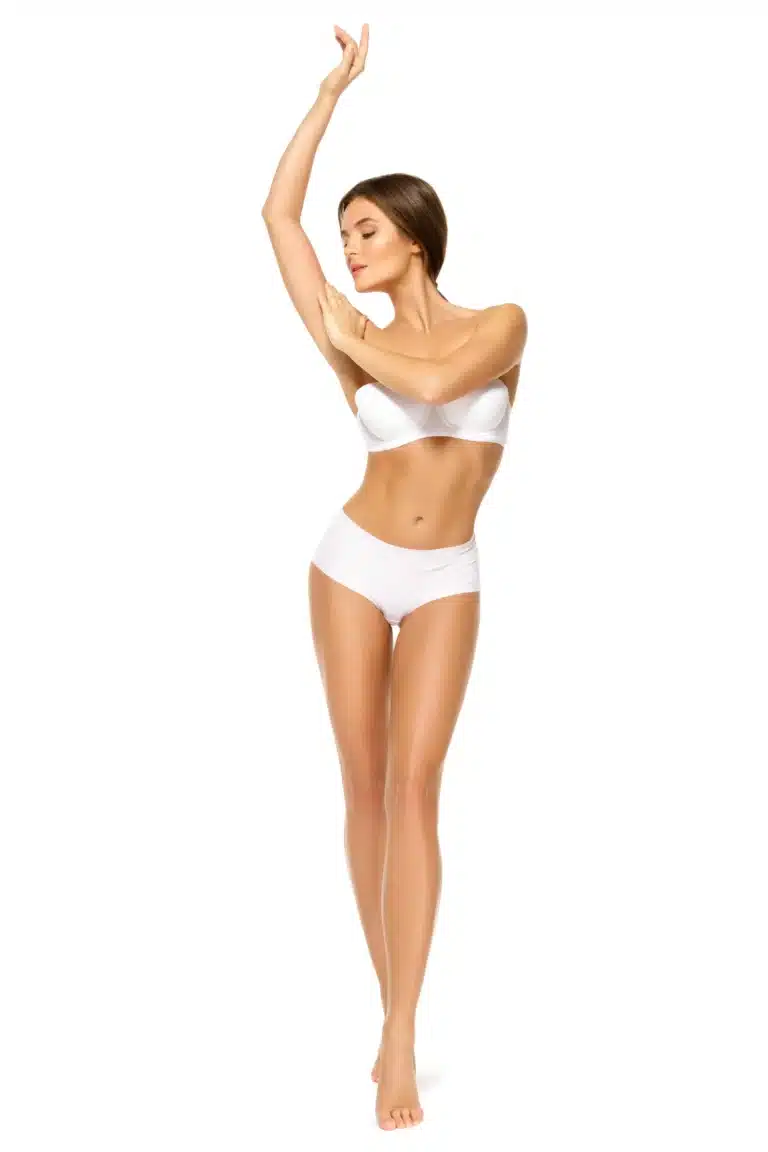
The main factors behind the appearance of stretch marks are :
• Rapid weight gain and loss, often caused by the “yo-yo” effect due to repeated dieting.
• Rapid muscle mass gain.
• High cortisol levels, linked to certain conditions (notably Cushing’s disease) or the use of certain medications (cortisone, corticosteroids).
• Pregnancy.
• Adolescence.
• Genetics.
An excessive stretching of the skin can cause stretch marks, especially when it happens quickly. Puberty and pregnancy are therefore two periods that favour the appearance of stretch marks, which explains why this phenomenon affects 80 % of women. During adolescence, 10 % of boys and 25 % of girls experience this issue. Later, 50 % to 70 % of pregnant women are prone to stretch marks, due both to weight gain and hormonal changes.
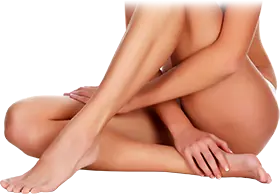
Red, pink, purple or white, the color of stretch marks depends on their age and stage of clinical evolution.
Two stages of evolution are distinguished :
• The inflammatory stage, lasting 12 to 24 months : stretch marks are red, pink, or even purple
• The final stage : stretch marks are established and become atrophic scars of a white, pearly color.
The clinical classification describes several levels of severity :
• Stage 1 : recent, inflammatory stretch marks, usually purplish. It is easier to treat and eliminate stretch marks at this early stage
• Stage 2a : white, superficial stretch marks without transverse striae and without palpable depression on the skin’s surface
• Stage 2b : white, superficial stretch marks without transverse striae, but with palpable depression on the skin’s surface
• Stage 3a : white stretch marks with an atrophic base, transverse striae measuring less than 1 cm wide, without a pearly appearance in depth
• Stage 3b : white stretch marks with an atrophic base, transverse striae measuring more than 1 cm wide, with a pearly appearance in depth
The so-called “inflammatory” stretch marks (stage 1) are easier to treat because they are simpler to smooth out. However, in aesthetic-oriented medicine there are reliable and non-invasive techniques to make stretch marks disappear, whatever their stage of evolution. The results are visible and satisfactory.
To treat stretch marks, the main medical methods used are :
• Laser.
• PRX-T33 peel.
• Carboxytherapy.
• Sculptra.

The fractional ablative laser is considered the most effective method for treating stretch marks.
The laser destroys micro-columns of skin while simultaneously delivering heat, which stimulates the activity of fibroblasts, the cells responsible for collagen synthesis. The newly synthesised skin becomes thicker, which reduces the visibility of stretch marks.
The laser session is almost painless thanks to the application of an anaesthetic cream.
The fractional ablative laser is not recommended for patients with dark or tanned skin (only phototypes I to III can be treated) or those with active skin infections on the area to be treated.
Results appear progressively, with an improvement in the quality and depth of stretch marks. Several sessions are necessary for optimal results. In general, 4 to 5 sessions are performed at 2-month intervals.
Laser treatments have several advantages : painless and non-invasive, this method requires no social downtime (as the treated areas can be covered by clothing) and the risk of complications remains rare and limited. The treated area is very red for one week, and the redness fully disappears within two weeks. Healing is rapid, taking 10 to 15 days.
Vascular lasers, such as pulsed dye laser or KTP laser, are used for red stretch marks.
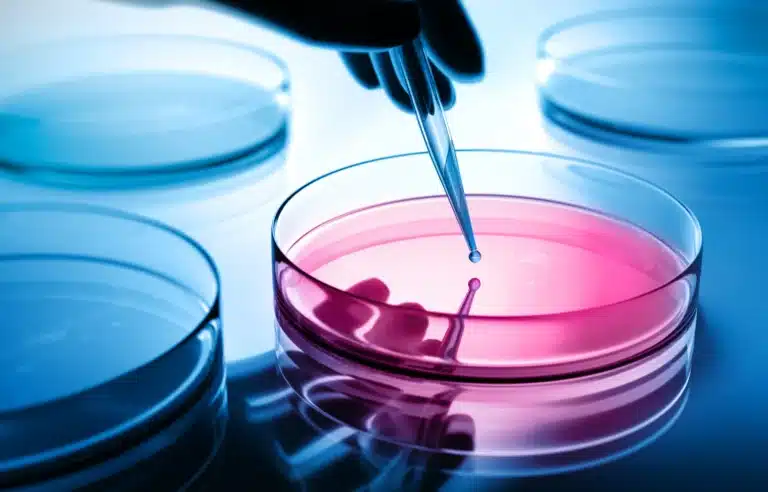
The PRX-T33 peel is an innovative solution to reduce stretch marks. Unlike traditional peels, PRX-T33 combines TCA (trichloroacetic acid) with hydrogen peroxide, which allows deep penetration without causing significant peeling or major side effects. This treatment stimulates skin regeneration by increasing collagen and elastin production, which improves the appearance and quality of stretch marks. Patients notice a firming effect and a progressive reduction in the colour and visibility of the stretch marks, resulting in smoother and more even skin.
Several sessions, around ten, spaced a few weeks apart, are required.
The PRX-T33 peel is mainly a complementary treatment that enhances the benefits of laser therapy.
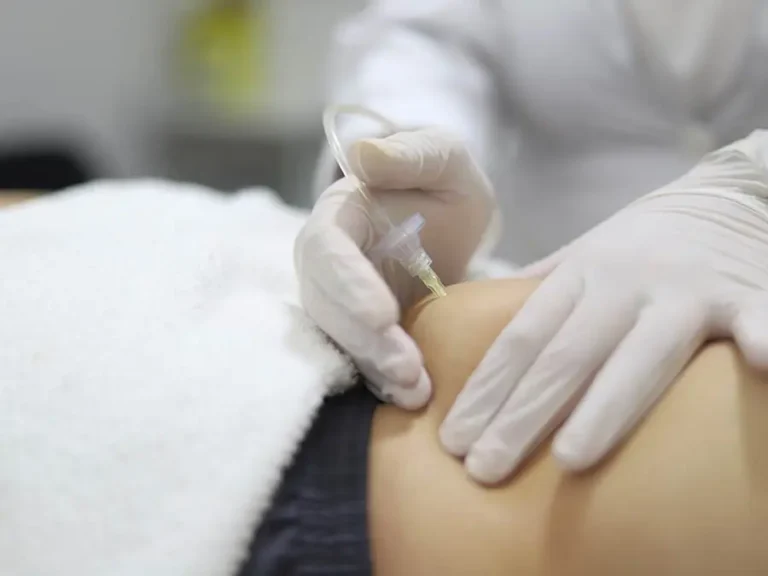
The carboxytherapy consists of injections of sterile medical carbon dioxide gas into areas of the body with stretch marks. The CO₂ administered in this way stimulates collagen synthesis, causes capillary vasodilation with increased blood circulation, and increases oxygen pressure.
Carboxytherapy can help reduce stretch marks, but the results are generally limited and it is mainly considered a complementary treatment. Moreover, the procedure itself is painful.
This method is perfectly suitable for dark skin. Dozens of sessions are required to see a benefit.
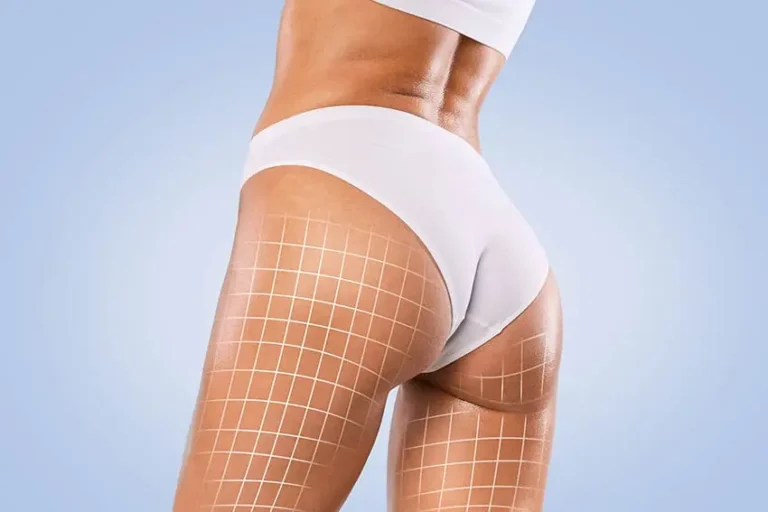
The Sculptra is an effective treatment for improving stretch marks, particularly those located on the buttocks and abdomen. This injectable product made of poly-L-lactic acid works by stimulating collagen production in the skin, which gradually restores density and firmness in the treated areas. By increasing skin thickness, Sculptra reduces the depth and visibility of stretch marks, offering a long-lasting and natural effect. The treatment requires three sessions spaced two months apart and one maintenance session every two years. However, due to the risk of nodule formation, Sculptra is reserved for stretch marks located on the abdomen and buttocks.
The cost of stretch mark treatment depends on several parameters, notably the technique used, the extent of the areas to be treated, the depth of the stretch marks and their nature (recent or old). In Geneva, different medical approaches are offered in the clinic, with prices varying according to the chosen protocol.
The PRX-T33 peel is offered from 300 CHF per session, while carboxytherapy starts at 250 CHF per session. The fractional ablative laser, the reference treatment, is charged from 400 CHF per session. Sculptra is priced at 900 CHF per vial.
The overall cost depends on the techniques used and the number of sessions required.
During the initial consultation, Dr. Romano provides a precise quote.
Stretch marks can appear even without weight gain, due to hormonal changes (puberty, pregnancy), rapid growth, skin stress, or excessive skin dryness. Certain medications, such as corticosteroids, can also weaken the skin and promote the appearance of stretch marks.
Stretch marks do not disappear completely, but they can fade with appropriate treatments. Retinoid-based creams, moisturising care, peels and laser treatments can smooth the skin and reduce the appearance of stretch marks.
No, losing weight does not remove stretch marks. However, if weight loss is desired, gradual weight loss combined with moisturising care can help prevent the formation of new stretch marks. Existing stretch marks may naturally fade over time.
Certain diseases can promote the appearance of stretch marks, especially Cushing’s syndrome (excess cortisol), diabetes, or endocrine disorders affecting collagen. Prolonged use of corticosteroids can also weaken the skin.
Although sport does not eliminate stretch marks, activities that tone the skin and improve blood circulation, such as swimming, yoga or muscle-strengthening exercises, can help improve the appearance of the skin and prevent stretch marks from worsening.
Certain natural methods can help improve the skin’s suppleness : rosehip oil or sweet almond oil, applied daily to nourish and regenerate the skin ; aloe vera for its repairing properties ; sugar and honey scrub to exfoliate and stimulate cell regeneration.